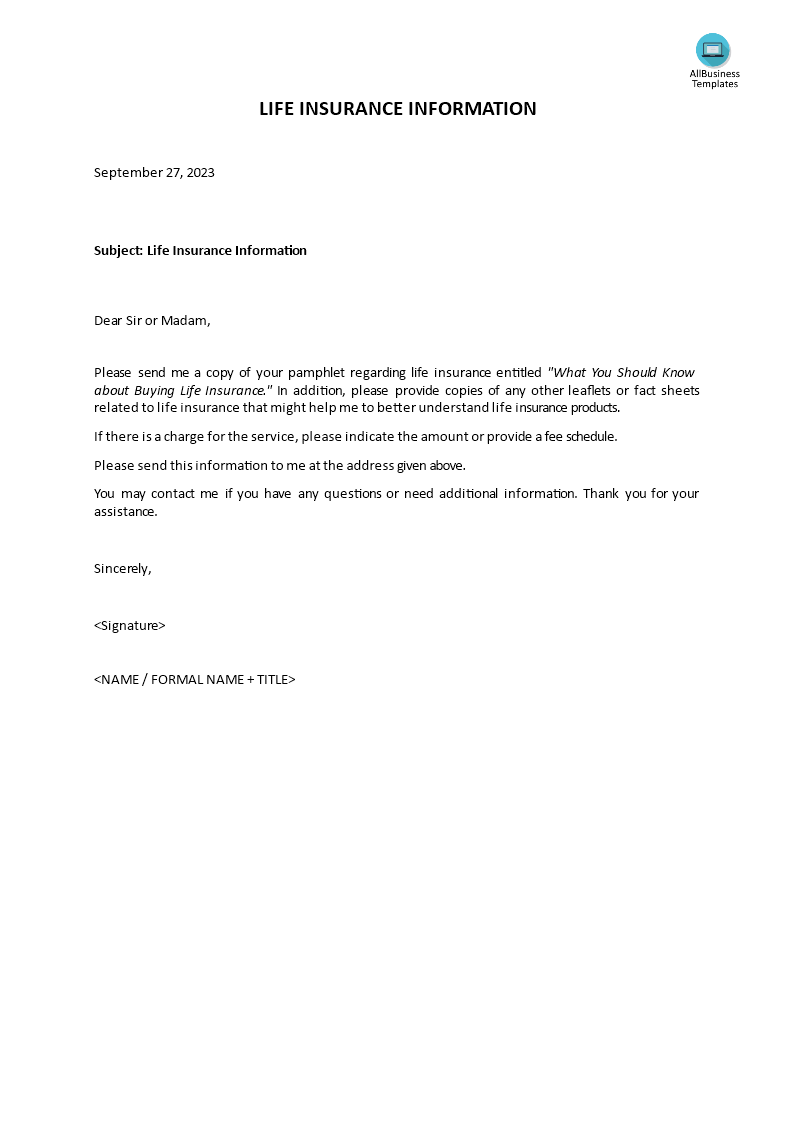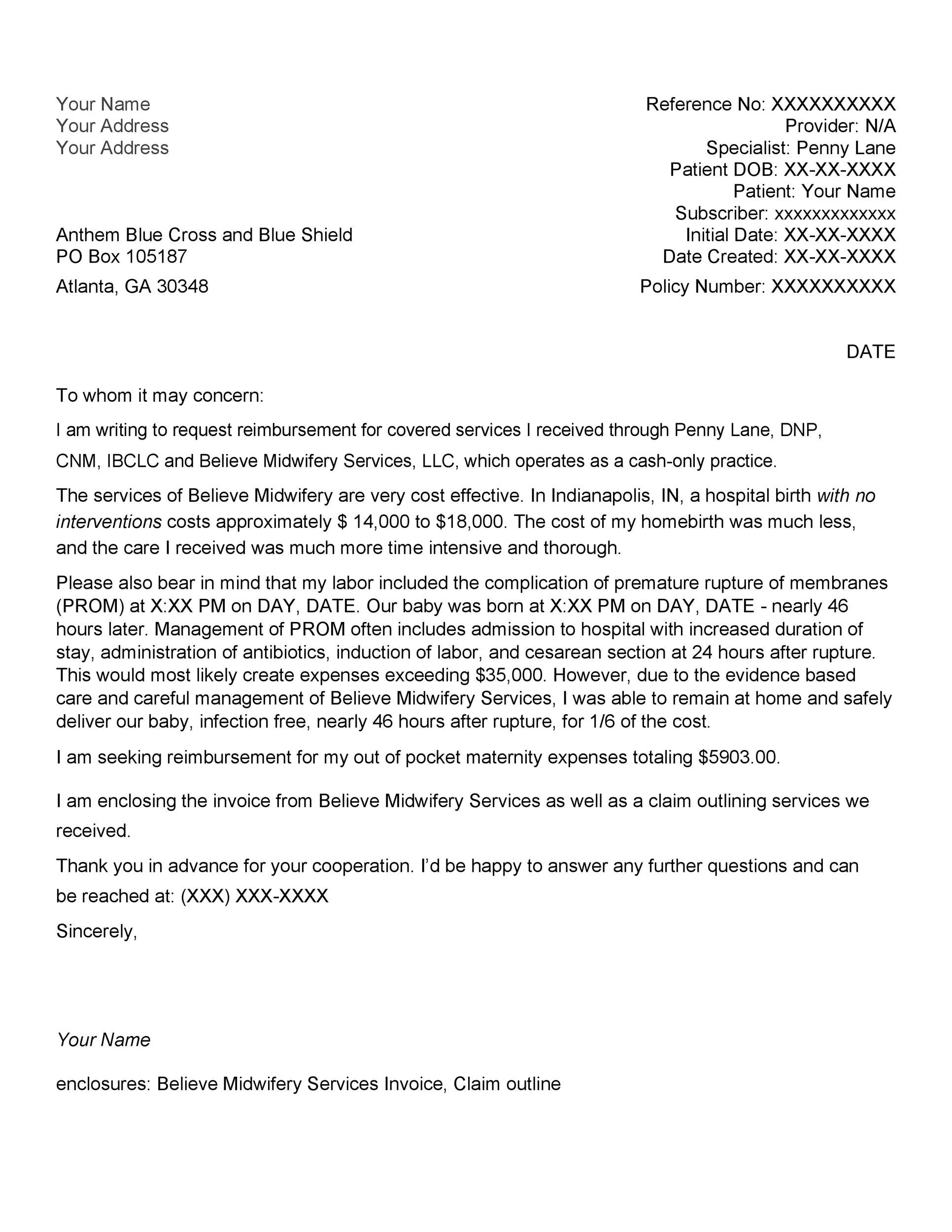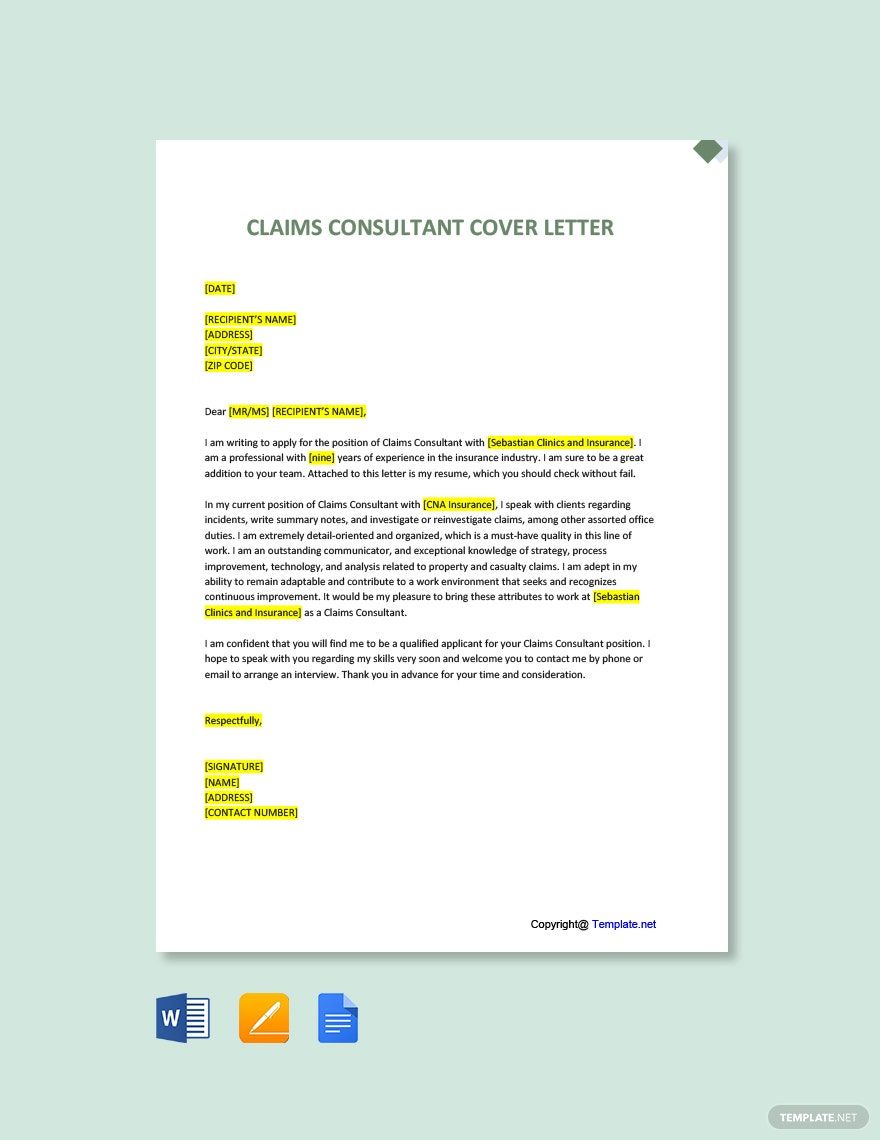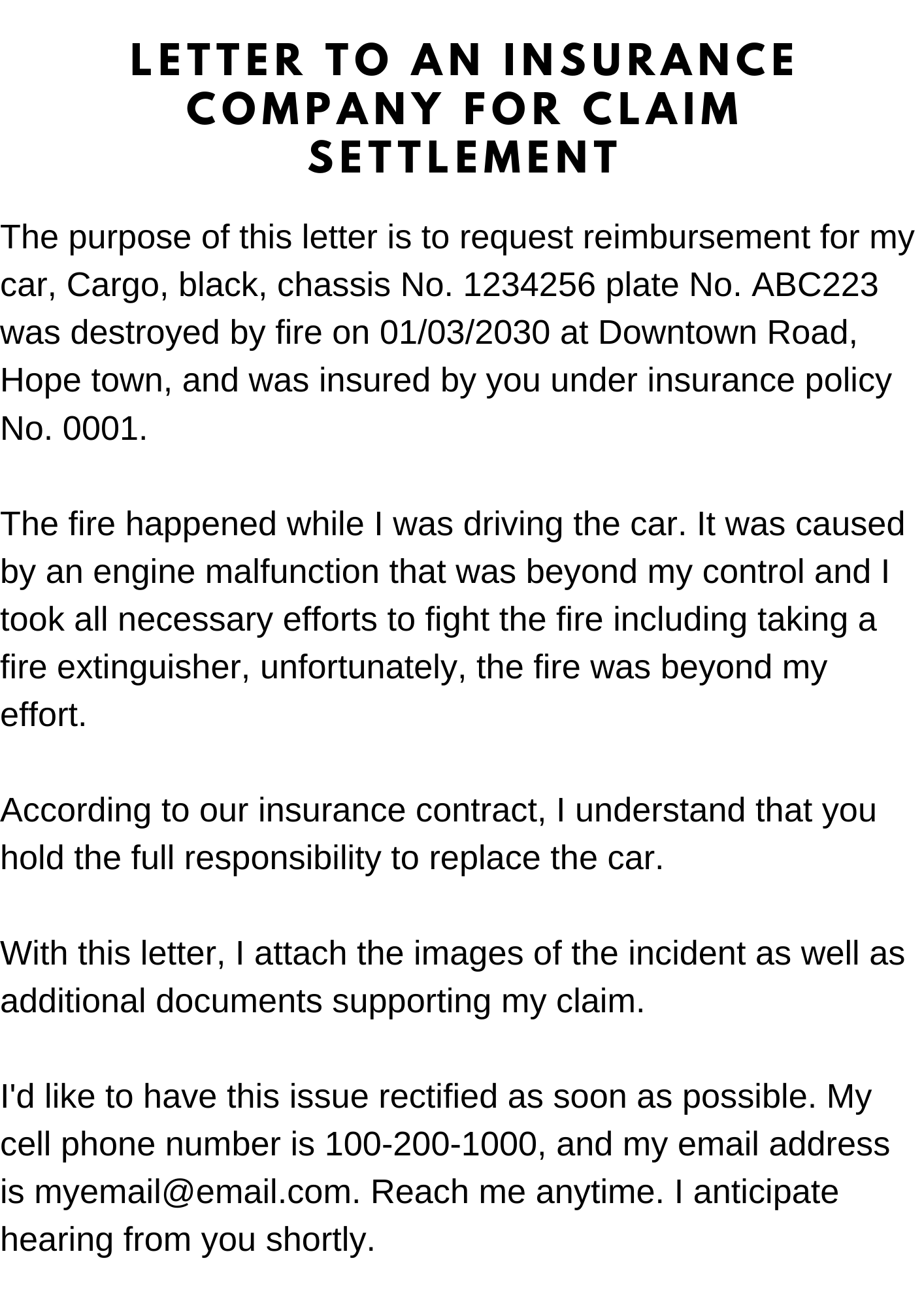A life insurance claim letter is a formal request to the insurance company to pay out the benefits of a life insurance policy to the designated beneficiary or beneficiaries. The letter is typically written by the beneficiary or a representative of the beneficiary, such as an attorney, and should include all necessary information and documentation to support the claim.
To begin a life insurance claim, the beneficiary should first gather all relevant documentation, including the policy itself, the death certificate of the policyholder, and any other relevant documents or information. The beneficiary should also ensure that they have the correct contact information for the insurance company and the policy number.
Once the necessary information has been gathered, the beneficiary should write a clear and concise letter outlining the details of the claim. The letter should include the policy number, the name of the policyholder and the beneficiary, and the date of the policyholder's death. It should also include a brief explanation of the circumstances of the policyholder's death and any relevant details, such as the cause of death and the date of death.
In addition to providing this information, the letter should also request that the insurance company pay out the benefits of the policy according to the terms of the policy. The beneficiary should also include any additional documentation that may be required by the insurance company, such as the death certificate or proof of the policyholder's identity.
It is important to note that the life insurance claim process can be complex, and it may take some time for the insurance company to review and process the claim. The beneficiary should be prepared to provide additional information or documentation if requested by the insurance company, and should keep track of the status of the claim by contacting the insurance company regularly.
Overall, a life insurance claim letter is a formal request to the insurance company to pay out the benefits of a life insurance policy to the designated beneficiary or beneficiaries. It should be clear, concise, and include all necessary information and documentation to support the claim.







